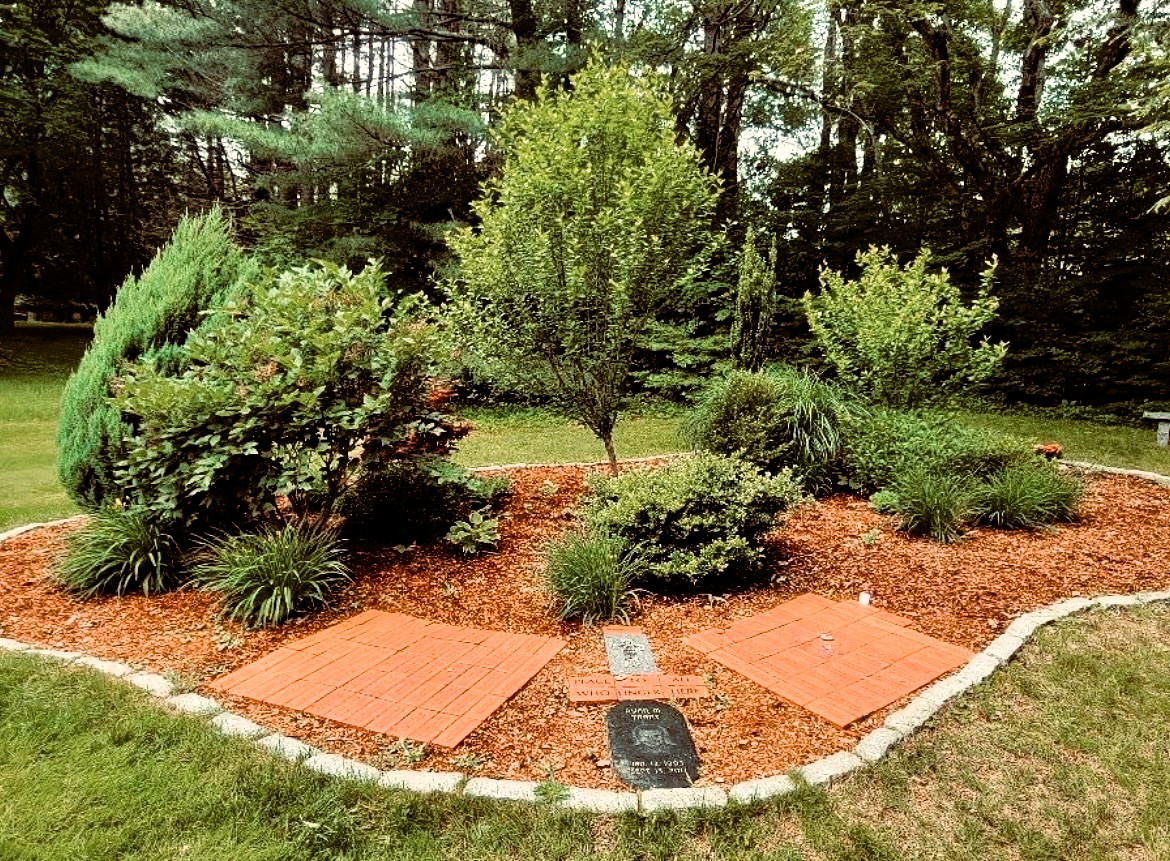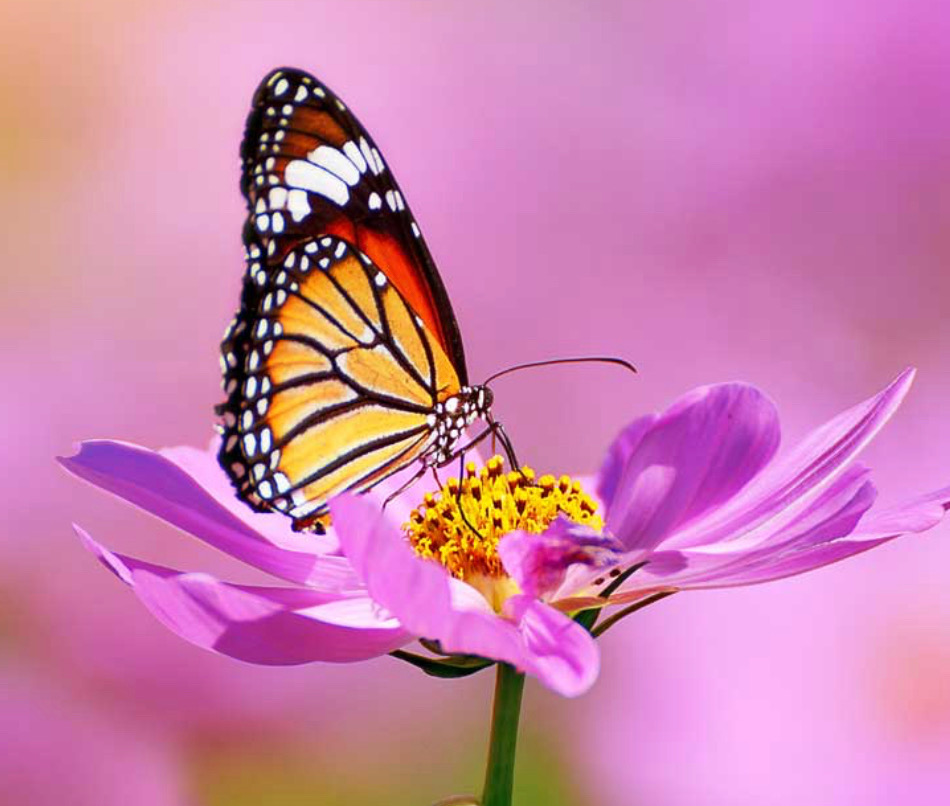On the Wings of Butterflies
Jess McGuire | Fr. Carl Chudy
As we approach the anniversary of the Butterfly Garden at Fatima Shrine, later this fall, we felt a need to go back to its beginnings and the symbol of hope it holds for many families who lost children and loved ones to the opioid crisis and to the scourge of other addictions.
Many may not be aware of this, but Fr. Francis Signorelli was a significant influence for some of us as we grieved the sudden death of Ryan, my foster son, who died from an overdose after a difficult life for so many reasons. His name and picture appear in the center of the garden, but his sad passing was deeply reflected in a large community of families who also grieve every day for their daughters and sons. Their names are inscribed in red brick throughout the garden.
From the beginning, through all of the fundraisers, we envisioned a place where butterflies would be attracted in their relentless migration pilgrimage. While scripture doesn’t explicitly mention butterflies, their life cycle is often used as a powerful symbol of transformation and resurrection. The transformation from caterpillar to chrysalis (cocoon) and finally to a butterfly is seen as a parallel to our spiritual metamorphosis, new beginnings, and the promise of eternal life for our children. From the ashes of grief comes healing and wholeness.
The garden was placed next to the outdoor rosary on the shrine to indicate that from this garden we walk the pilgrimage of prayer through the rosary, raising our grief with the grief of the Blessed Mother as she witnessed the death of her son on the cross. The extraordinary transformation of a caterpillar into an exquisite and beautiful creature was a way of thinking about how Christ took our grief upon himself and transformed all pain, impotence, and loss into courage and strength.
As the summer months unfold, we continue to care for this garden as a place for families and friends to gather. The chosen vegetation is an attraction for Monarch butterflies, which come to the shrine to mate and lay eggs within white, red, and pink milkweeds. Other species include a butterfly bush, with the possibility of phlox, aster, and lantana in the future. Recently, we included zinnias, which are known to be highly attractive to butterflies. Their bright colors and abundant nectar make them a favorite food source for many butterfly species. Butterflies are attracted to the large, open blooms of zinnias, which provide a convenient landing platform and easy access to nectar.
Although the anniversary of the garden is not until November 2025, we plan to prepare a celebration with the families whose loved ones are inscribed on the bricks, along with many others, in collaboration with various concerns in Holliston and beyond. If you pass by the Butterfly Garden, please stop for a moment and offer your prayer of support as you read the names of loved ones strewn throughout the colors of flowers and fauna.




